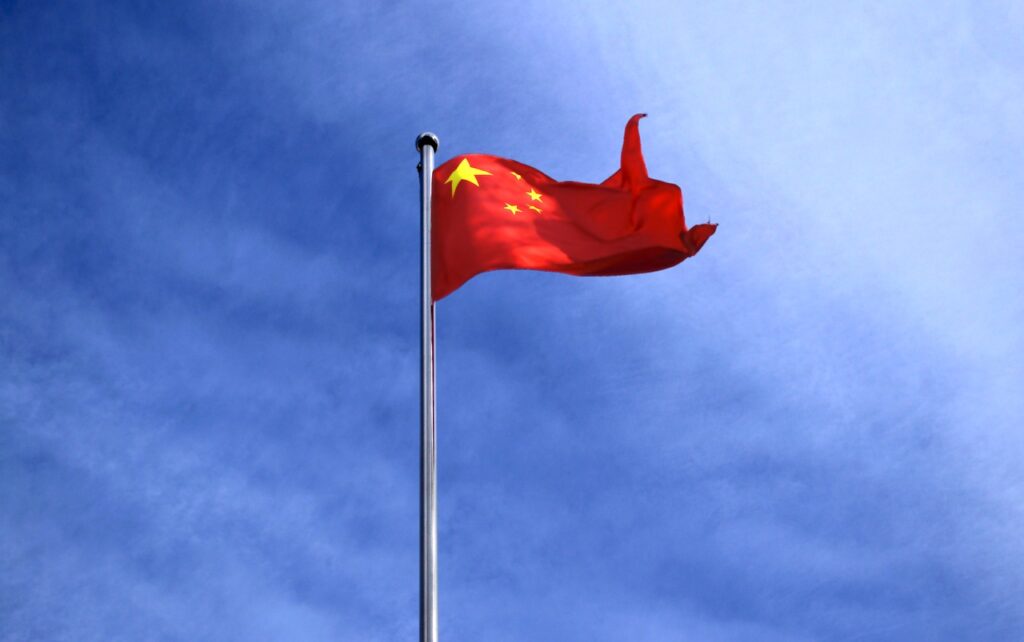The Sinopec Kuqa facility in Xinjiang, China, is touted as the world’s largest green hydrogen project. It should have been a significant leap toward sustainable energy, but it’s running at only a third of its intended capacity.
Several setbacks, particularly related to its equipment from Chinese electrolysis manufacturers, are contributing to the underperformance.
Three Chinese manufacturers, Cockerill Jingli, Longi, and Peric, supplied alkaline electrolysers for the facility. Despite assurances that these systems would operate efficiently within a 30-100% capacity range, real-world tests have revealed otherwise. The electrolysers failed to operate effectively at 30% capacity, showing a reduced range of 50-100%. This technological limitation raises serious safety concerns. If hydrogen continues to permeate while oxygen production drops, a hazardous situation could arise with an increased risk of explosion. This is because the rising concentration of hydrogen within oxygen can be explosive.
The facility’s inability to meet its capacity expectations will likely worsen its already poor economic outlook. The Kuqa project’s current challenges could deter potential investors, especially those looking to source cheaper Chinese electrolysers.
Despite being labeled as the world’s largest, the Kuqa plant’s contribution to global energy production is minimal. Operating at its reduced capacity and assuming optimal efficiency, it produces roughly 3.5 petajoules of energy annually. This accounts for a mere 0.00032% of the global energy demand. In a world still heavily reliant on fossil fuels, the plant’s output seems insignificant.
